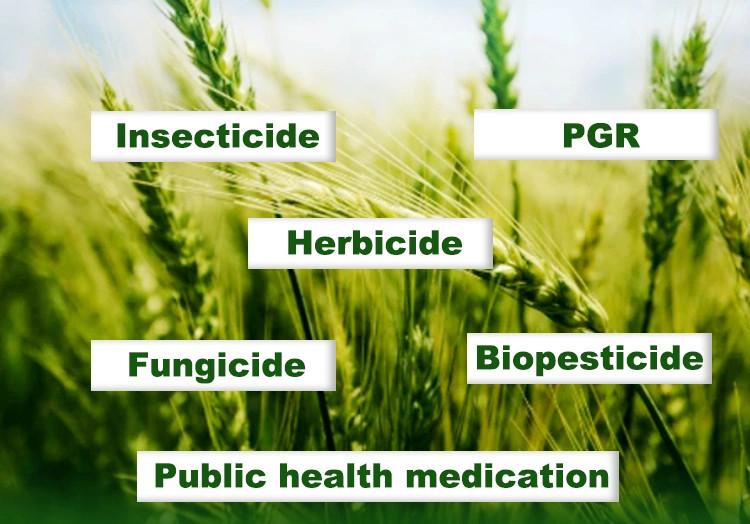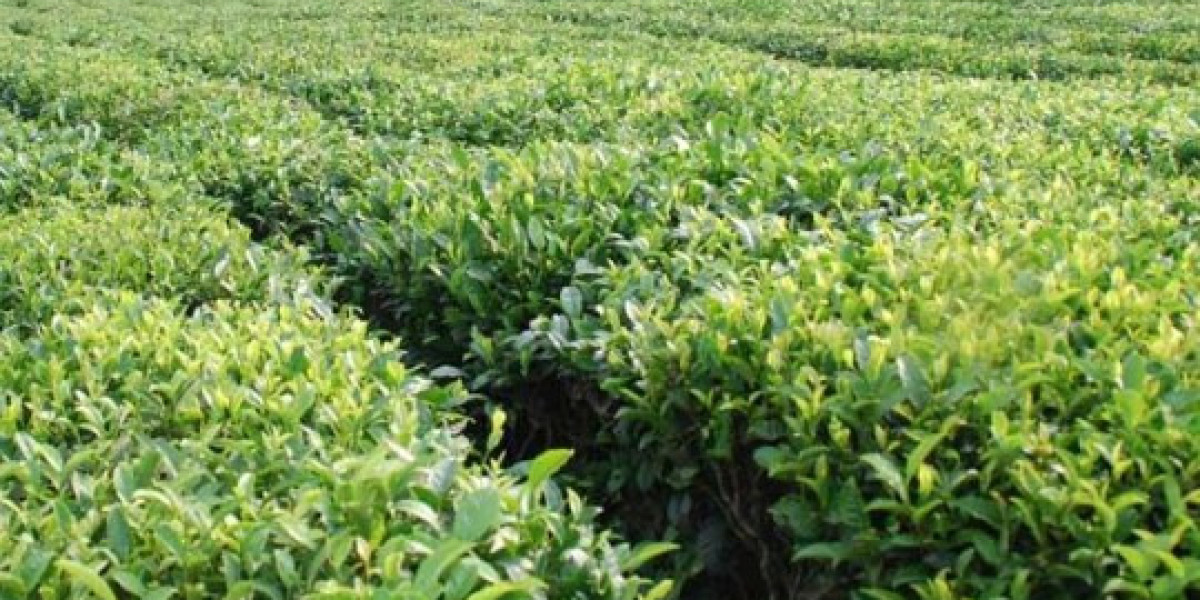As a fungicide commonly used to control fungal diseases of fruits and vegetables, imazalil plays a vital role in maintaining crop health and preventing significant yield losses. Understanding the importance of imazalil in agricultural practice is crucial for farmers and researchers. In this blog we will explore the benefits and challenges associated with the use of imazalil and its role in sustainable and effective crop management.
What is Imazalil and its role in agriculture?
Imazalil, a fungicide widely used in agriculture, plays a key role in protecting crops from fungal diseases. It belongs to the class of imidazole fungicides that are effective against a variety of plant pathogens, including molds, yeasts and dermatophytes.
Imazalil acts by inhibiting the biosynthesis of ergosterol, an important component of fungal cell membranes. Without ergosterol, the structural integrity of fungal cells is compromised, leading to cell death and inhibition of fungal growth.
In agriculture, imazalil is primarily used to control post-harvest disease and to protect harvested fruits, vegetables and other crops during storage and transport. It is commonly used in packaging plants and storage facilities to prevent the growth of mold and spoilage-causing fungi on stored products.
Imazalil is usually applied as a post-harvest treatment. Products are soaked or sprayed with a solution containing a fungicide to ensure thorough coverage and protection against fungal pathogens. Imazalil is effective against a variety of fungal pathogens, including Botrytis cinerea, Penicillium and Alternaria, among others.
One of the advantages of imazalil is its residual activity, which means it continues to protect treated crops even after application. This provides extended protection during transport and storage, reducing the risk of post-harvest losses due to fungal diseases.

The benefits of using Imazalil in crop protection
One of the main benefits of using imazalil is its broad spectrum activity. It is effective against a wide variety of fungal pathogens that can cause significant damage to crops. This includes diseases such as powdery mildew, botrytis and black spot. By controlling these diseases, imazalil helps ensure healthier plants and higher crop yields.
Another advantage of imazalil is its systemic action. When applied to crops, it is absorbed by the plant and distributed throughout its tissues, providing long-lasting protection against fungal infections. This means that even new growth is protected from the moment it emerges, reducing the risk of disease transmission.
Imazalil is also known for its healing properties. It can be applied at the first sign of disease symptoms, helping to stop the progression of the infection and minimize damage to the crop. This is especially important where disease has established and has the potential to cause significant yield losses.
In addition, imazalil has a good safety profile when used according to label instructions. It has low toxicity to humans and animals, making it the first choice for crop protection. In addition, it has a good environmental profile and breaks down into harmless by-products in a short time.
Potential concerns and regulations surrounding Imazalil use
In agriculture and horticulture, the use of pesticides is a common practice to protect crops and ensure their health and vigor. One pesticide that has attracted attention in recent years is imazalil. While imazalil is effective in controlling various fungal diseases and providing crop protection, there are still some potential issues and regulations that need to be addressed when considering its use.
One of the concerns surrounding imazalil is its effects on human health. Long-term exposure to imazalil can cause adverse effects such as skin irritation, respiratory problems, and possibly cancer. Therefore, individuals handling and using imazalil must take the necessary precautions, including wearing appropriate protective clothing and equipment, and following strict safety guidelines.
Another concern concerns the potential impact of imazalil on the environment. It is well known that pesticides have the potential to accumulate in soil and water bodies, thereby posing threats to various organisms and ecosystems. It is important for users of imazalil to be aware of these regulations and ensure compliance with them in order to protect the environment.
In addition, imazalil may also affect non-target organisms, including beneficial insects such as bees and other pollinators. Bees, in particular, play a key role in ecosystem function and crop production through pollination.
Imazalil users must prioritize safety, adhere to regulatory guidance, and consider alternative pest management methods where feasible. By doing so, we can ensure the sustainable and responsible use of imazalil, while minimizing its potential negative effects.
Conclusion
Imazalil plays a vital role in modern agricultural practices. Its fungicidal properties help protect crops from various diseases and improve overall yield and quality. In addition, imazalil is known for its efficacy in preventing postharvest rot during storage and transport. To learn more information, please feel free to contact us at [email protected].



